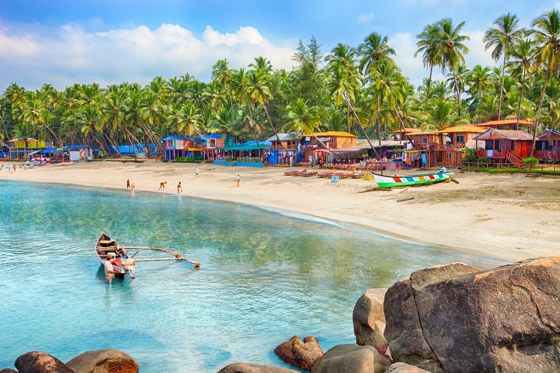Holidays, as we used to know them, have changed. The past 15 months have witnessed a rollercoaster of unsynchronised events across countries – and in some countries, within their own states. Clearly, holidays no longer can be planned too much in advance. You need to find that window of opportunity when conditions are favorable, be spontaneous and just go with the flow. Flying for many is simply not an option due to travel bans and the general fear of acquiring an infection on a flight. Instead, driving to holiday destinations to get that much-needed R&R is fast gaining popularity.
Contributed by Manav Thadani, founder and chairman, Hotelivate, New Delhi, India
We’re aware of holiday makers who would typically do quick getaways from Bangkok to Pattaya or to Hua Hin in Thailand, also in close proximity; these same travellers have now added Chiang Mai, Thailand, (some 680-plus kilometres away) to their drive-to list. In Indonesia, Bali, a domestic and international favorite, took a severe beating as it is an island destination and got shut down to flights. Instead, domestic travellers from Jakarta took to getting their cars out and drove down to locations like Semarung (440 Kms), Jogyakarta and Solo (both approx. 550 kms) away.
Back in India, prior to COVID-19, most people chose holiday destinations within a three- to five-hour drive. They are now more willing to drive 8-11 hours to get to their preferred vacation spots, or to explore a new territory. Road improvements have also helped. Udaipur, in North India, has become more accessible by road from Delhi and so has Goa from Mumbai.

We see this increasing trend as becoming a more permanent one. Travelers have realized that the road journeys themselves are not too bad with improving highway infrastructure and the opportunity to spend quality time with their friends and family. Fortunately, for the owners of guest houses and hotels in leisure locations, the uplift to their asset performance has been tremendous. In many locations, hotel occupancies have risen from the traditional 30% to 40% to 70% to 80%, and rates have doubled, as these are no longer seen as weekend getaways but perhaps places to go to for weeks at a time.
The work-from-home (WFH) concept too probably will outlast COVID and will become a more acceptable form of doing business. More and more, local owners are reaching out to explore the possibility of converting their family land parcels into the next resort or simply into large homestays as per our consultants on the ground.
Historically, business hotels in urban locations commanded higher values in many of these markets and were seen as safe investment bets. Today, this is no longer so. Many see the WFH culture drive down demand in business locations, especially from industries such as IT and ITES, which seem increasingly inclined to permanently shift employees to WFH to save office rent, and to bring down recruitment cost by expanding their canvas of hire to smaller cities, where manpower costs are more reasonable.
Moreover, if one takes into account replacement cost or development cost, this is lower for hotels in leisure locations. Land costs are lower even if you have a larger footprint; and the need for basements is usually not there, which brings down the overall cost significantly.
With leisure being able to command a higher rate premium in many locations today – due to lack of adequate competition, particularly in Indonesia and India – this segment seems the next safest bet for hotel investments and value creation.
For a change, hopefully the ROI will remain good as long as we do not see another ROC (return of COVID).
